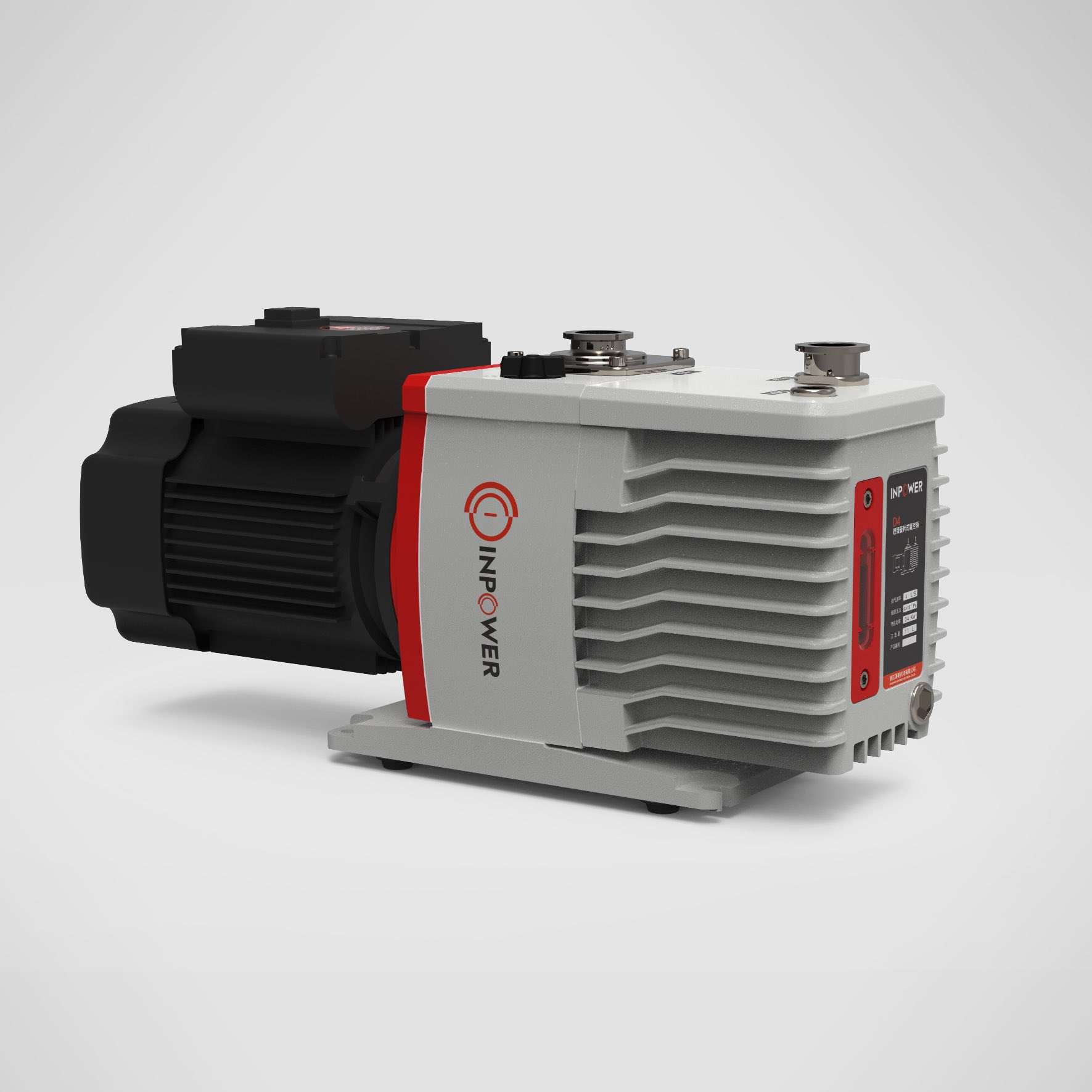Table of Contents
- Introduction
- Understanding Vacuum Pump Energy Use
- Top Tips for Energy Efficiency with Your Vacuum Pump
- Additional Energy-Saving Tips for Vacuum Pumps
- Conclusion
Introduction
Everyone wants to save energy and reduce costs, especially when using equipment like vacuum pumps. By focusing on energy efficiency and implementing energy-saving tips for vacuum pumps, you can achieve significant savings and prolong the life of your equipment. Read on for top tips on how to save power with your vacuum pump and optimize its performance.
Understanding Vacuum Pump Energy Use
Vacuum pumps are essential tools in various industries, ranging from manufacturing to healthcare. However, they are also known for their high energy consumption. Understanding how your vacuum pump uses energy is the first step toward making it more efficient.
Top Tips for Energy Efficiency with Your Vacuum Pump
Regular Maintenance
Regular maintenance is crucial for keeping your vacuum pump in top condition. A well-maintained pump operates more efficiently and uses less power.
- Change Filters: Dirty filters make the pump work harder, consuming more energy.
- Check Seals: Worn seals can cause leaks and reduce efficiency.
- Lubricate Moving Parts: Proper lubrication minimizes friction and power consumption.
Opt for Energy-Efficient Models
When it comes time to replace your vacuum pump, consider models designed for energy efficiency. Modern pumps often come with features that can significantly reduce energy use.
- Energy Star Rating: Look for pumps with high energy ratings.
- Technological Advances: Newer models often have advanced features that make them more energy-efficient.
Proper Sizing
Using a vacuum pump that is appropriately sized for your needs is essential for energy efficiency.
- Avoid Over-Sizing: A pump that is too large for your application will waste energy.
- Match Specifications: Ensure the pump matches the specific requirements of your system.
Use Variable Speed Drives
Variable Speed Drives (VSDs) can adjust the pump’s motor speed according to demand, reducing energy consumption.
- Energy Savings: VSDs can lead to significant energy savings by operating the pump at lower speeds when full capacity is not needed.
- Improved Control: VSDs provide better control over the vacuum pressure, enhancing overall system efficiency.
Reduce Leakage
Leaks in the vacuum system can make the pump work harder than necessary, consuming more power.
- Regular Inspections: Conduct regular system checks to identify and fix leaks.
- Seal Integrity: Ensure all seals and connections are tight and secure.
Monitor System Performance
Monitoring your vacuum pump’s performance can help identify inefficiencies and areas for improvement.
- Energy Audits: Regular energy audits can reveal where you might be losing efficiency.
- Performance Data: Use performance data to make informed decisions about maintenance and upgrades.
Additional Energy-Saving Tips for Vacuum Pumps
Here are a few more tips to help you achieve energy efficiency with your vacuum pump:
- Insulate Pipes: Proper insulation can reduce energy losses.
- Optimize Operating Pressure: Running the pump at the correct pressure can improve efficiency.
- Employee Training: Train employees on best practices for using and maintaining vacuum pumps.
- Use of Automation: Implement automation to ensure the pump operates only when needed.
Conclusion
By focusing on energy efficiency and implementing these energy-saving tips for vacuum pumps, you can significantly reduce your energy consumption and costs. Regular maintenance, proper sizing, and using advanced technology like Variable Speed Drives can make a substantial difference. Always monitor your system’s performance and address any inefficiencies promptly. For more tips and guidelines, explore our comprehensive resources on energy efficiency and vacuum pump maintenance.

0 Comments